If you or someone you know has a pulled muscle, then you know how painful and uncomfortable it can be. Massage is a great way to help the healing process and reduce pain. This article provides a step-by-step guide on how to massage a pulled muscle, to help ease the discomfort and get you back to feeling your best.
Contents
What is a Pulled Muscle?
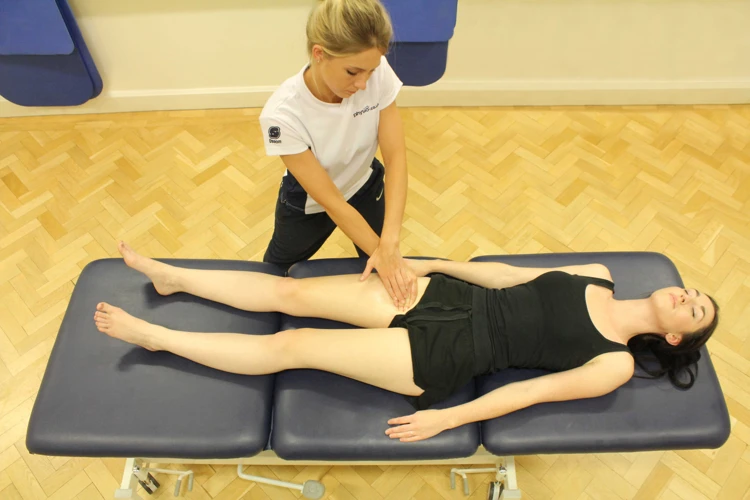
A pulled muscle occurs when one of the muscles or tendons gets stretched beyond its normal range. This can happen due to a sudden movement, overstretching, or lifting something that is too heavy. The most common symptom of a pulled muscle is pain, which can range from mild to severe. Pulled muscles can also cause swelling, bruising, and difficulty in moving the affected area. Depending on how severe the strain is, it can take anywhere from a few days to a few weeks for the muscle to heal. It is important to start massaging the affected area as soon as possible after the muscle strain to help the healing process and reduce the risk of further injury.
What Causes Pulled Muscles?
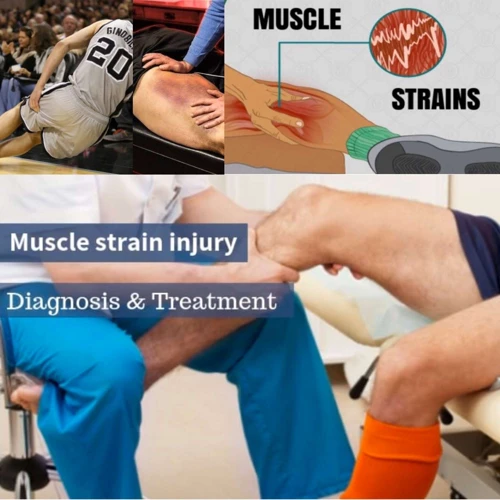
Pulled muscles are caused by overstretching or tearing of the muscle or tendon, resulting in pain and inflammation. This can be caused by:
- Injury – sudden, high-impact movements such as a fall, or repetitive motions such as running, can cause a muscle to overstretch or tear.
- Weakness – weak muscles are more prone to injury due to lack of support.
- Dehydration – when the body is dehydrated, muscles become tight and weak, making them more prone to injury.
When is massage indicated following a muscle strain? Massage can be used to alleviate pain and encourage healing in mild to moderate cases of muscle strain. It should not be used in severe cases, as it may aggravate the condition.
How to Identify a Pulled Muscle
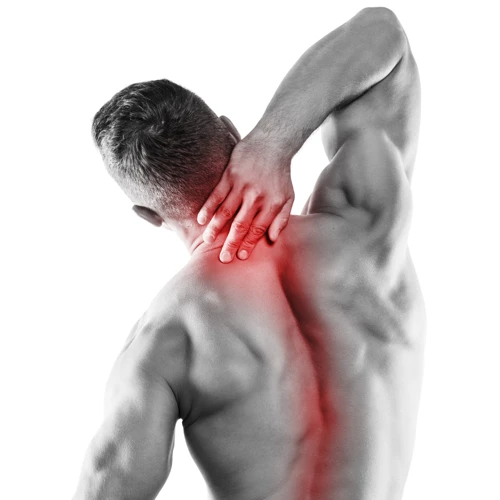
A pulled muscle can be identified by a sudden sharp pain that occurs during or after physical activity. It is often accompanied by swelling, bruising, and difficulty moving the affected area. The pain may be localized to one spot, or it may radiate out to other areas of the body. A pulled muscle can be identified by a sudden, intense pain that increases with movement, pressure, or activity. In more severe cases, it may be accompanied by muscle spasms, weakness, and reduced range of motion. If the pain does not go away with rest or over-the-counter medications, it is important to seek medical attention as soon as possible to prevent further injury.
Common Symptoms of a Pulled Muscle
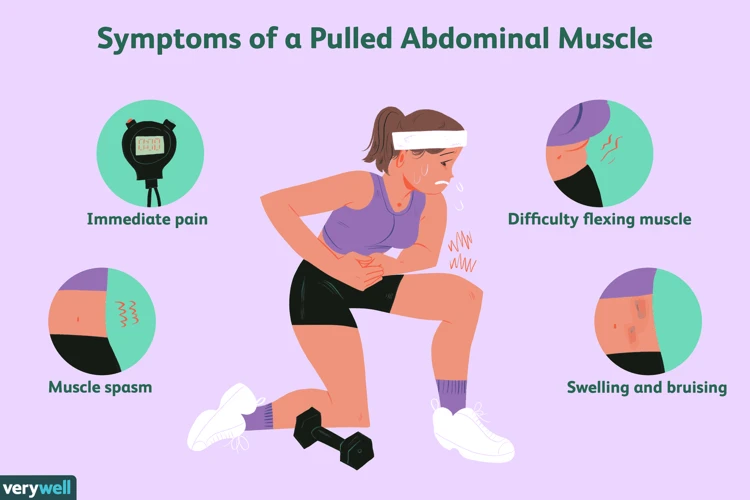
- Pain: A pulled muscle often results in sharp pain, which can vary from mild to severe depending on the severity of the injury.
- Tightness: The area around the pulled muscle may feel tight, making it difficult to move the affected muscle.
- Bruising: If the injury is severe, it may cause bruising around the affected area.
- Swelling: Swelling and inflammation of the affected area may occur.
- Loss of Strength: A pulled muscle may cause a loss of strength in the affected area.
- Numbness: Numbness may occur as a result of the injury.
When to Massage a Pulled Muscle
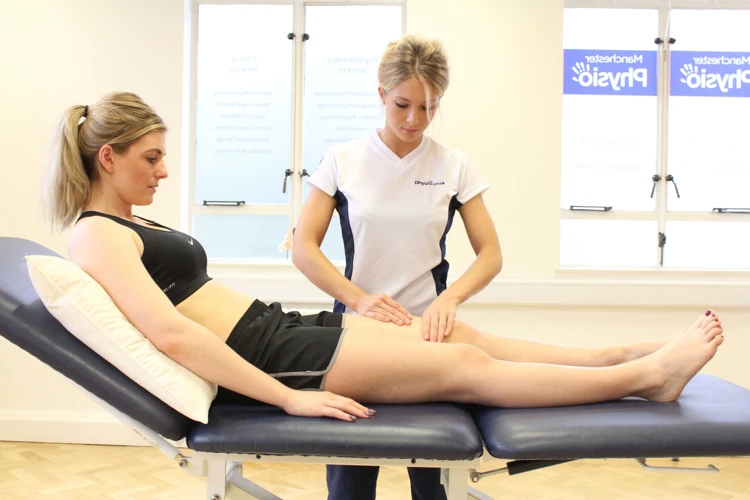
It is important to wait at least 72 hours after sustaining a pulled muscle before attempting any massage. This allows the body to begin the healing process and ensure there is no inflammation or further injury. After 72 hours, massage can be used to help accelerate the healing process. However, it is important to check in with a doctor or physical therapist before beginning any massage therapy.
How to Massage a Pulled Muscle
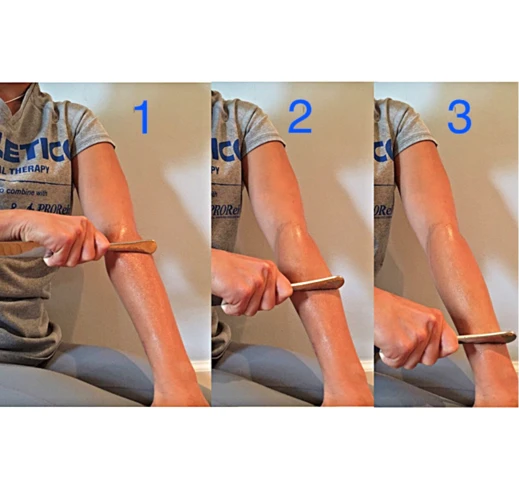
Preparation
Before beginning a massage, it is important to make sure the environment is conducive to healing. Make sure the room is warm and comfortable, and that you have a massage table or comfortable surface to lie on. You should apply a small amount of massage oil or lotion to the affected area before beginning the massage.
Massage Techniques
Once you are ready to begin, start with a light, circular massage on the affected area. This should be done in a clockwise direction and can be done using your palms, fingertips, or knuckles. Once you have finished the circular massage, slowly begin to knead the muscle with your hands. This should be done gently, with the intention of restoring the muscle fibers to their proper alignment. As you continue to knead, gradually increase the pressure.
Massage Duration
The duration of the massage should be determined by the severity of the muscle pull. If the injury is minor, a few minutes of massage should be sufficient. If the injury is more severe, a longer massage will be required. It is important to listen to your body, and to stop the massage once the area begins to feel tender.
Benefits of Massaging a Pulled Muscle
Massaging a pulled muscle can help reduce inflammation, improve blood flow, and promote healing. Massage can also reduce pain, improve range of motion, and help to restore the muscle to its pre-injury state. Additionally, massage can help to reduce the risk of further injury by strengthening the affected muscles and increasing flexibility.
When is Massage Not Indicated Following a Muscle Strain?
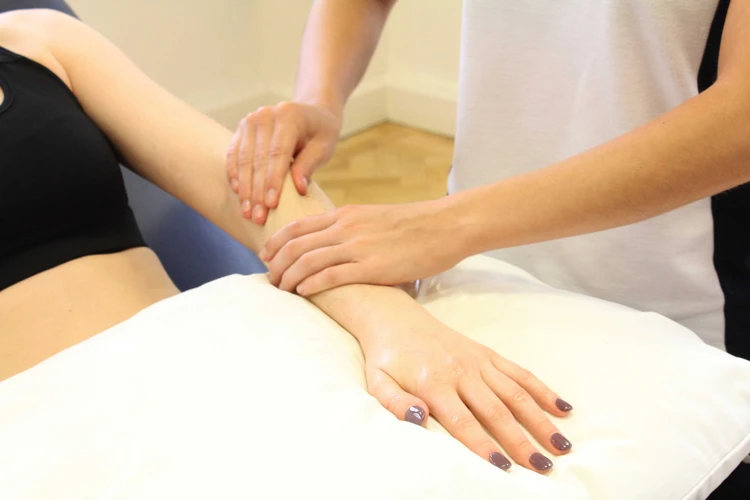
| Condition | Massage not indicated |
|---|---|
| Muscle strain | When the muscle strain is acute and accompanied by swelling, heat, and pain |
| Soft Tissue Injury | When the soft tissue injury is fresh, with bleeding, bruising, and significant swelling |
| Fractures | When the patient has a fractured bone or joint |
| Infections | When the patient has an infection, such as cellulitis, in the area |
| Deep Vein Thrombosis | When the patient has a deep vein thrombosis (blood clot) in the affected region |
In certain cases, massage may not be the most appropriate treatment for muscle strains. Massage should not be used if the muscle strain is acute and accompanied by swelling, heat, and pain. Massage should also not be used for fresh soft tissue injuries with bleeding, bruising, and significant swelling. Additionally, massage should not be used if the patient has a fractured bone or joint, an infection such as cellulitis, or a deep vein thrombosis (blood clot) in the affected region.
How Soon to Massage After Muscle Strain?
- Rest: The first step after a muscle strain is to rest the affected muscle. Avoid any activities that cause pain or discomfort.
- Ice: Apply cold therapy to the strained muscle to reduce swelling, inflammation and pain. Ice should be applied 15 minutes every hour, or as recommended by a healthcare professional.
- Compression: Wrap the affected muscle with an elastic bandage to reduce swelling. Compression should be applied before the ice therapy and left in place for 15-20 minutes.
- Elevation: Raise the strained muscle above the heart level to reduce swelling. Keep the muscle elevated for 15-20 minutes.
- Massage: Massage is indicated after the swelling has gone down. Start with light strokes and gradually increase the pressure. Massage should be done for 5-10 minutes, 3-4 times a day.
- Stretching: Gentle stretching of the affected muscle can help restore range of motion. Start with light stretching and gradually increase the intensity.
Massage can help speed up the recovery process after a muscle strain, but it is important to wait until the swelling has gone down before beginning. Massage should not be done on a swollen or inflamed muscle, as this can cause further damage. It is best to wait until the swelling has gone down and the muscle is no longer tender to the touch before beginning massage.
Frequently Asked Questions
What are the Benefits of Massage on a Pulled Muscle?
- Reduces Pain and Discomfort: Massage helps reduce pain and discomfort caused by a pulled muscle. It increases circulation and stimulates the production of endorphins, which are natural painkillers in your body.
- Improves Flexibility: Massage helps improve flexibility by increasing blood flow to the affected area. This helps to loosen the muscle so you can move more freely.
- Reduces Swelling: Massage helps reduce swelling and inflammation in the muscle. It also helps to relax the muscle, which can reduce pain and speed up the healing process.
- Promotes Healing: Massage increases the production of collagen, which helps to repair the damaged muscle fibers. It also helps to reduce muscle tension, which can help speed up the healing process.
- Improves Sleep Quality: Massage helps to reduce stress and tension, which can lead to better sleep. It can also help to reduce pain, which can make it easier to fall asleep.
Can massage be used to prevent pulled muscles?
Yes, massage can be used to prevent pulled muscles. There are several techniques and approaches that can be used to help reduce the risk of muscle injury. Here are a few:
- Stretching: Stretching before and after exercise can help warm up the muscles, improve flexibility, and reduce the risk of injury.
- Strength Training: Strengthening the muscles can help reduce the risk of injury.
- Massage: Massage can help reduce tension in the muscles, increase circulation, and help to relax the muscles.
Massage can help to reduce tension in the muscles and decrease the risk of injury. A regular massage regimen can help to keep muscles flexible and strong, and reduce the risk of pulled muscles. Massage therapists can provide specific techniques that help to reduce tension, improve circulation, and promote relaxation.
Is it Safe to Massage a Pulled Muscle?
Yes, it is safe to massage a pulled muscle as long as it is done correctly. Massage therapy can help reduce pain, improve range of motion, and promote healing. It is important to talk to your doctor before trying any massage therapy for a pulled muscle, as certain conditions may require special care. If massage therapy is approved, it is important to follow the instructions of your massage therapist to ensure that the muscle is properly treated.
How Often Should I Massage a Pulled Muscle?
Immediately: Massage the affected area right after you experience the pull. This will reduce pain, reduce inflammation, and help the muscle start to heal.
During Recovery:
- Once a day or every other day: Massage the area gently with light pressure. This will help promote blood flow and speed up the healing process.
- Two to three times a week: Massage the area to help increase flexibility and decrease inflammation.
- Once a week: Massage the area to help maintain flexibility and range of motion.
After Recovery: Massage the area once a week to maintain muscle health and prevent future pulls.
Does Massage Help The Healing Process Of A Pulled Muscle?
Yes! Massage can help speed up the healing process of a pulled muscle. Massage helps restore flexibility, reduce swelling, and increase circulation, which can all contribute to the healing process. Here are the ways massage can help the healing process of a pulled muscle:
- Restore Flexibility: Massage helps to restore flexibility to the muscle by stimulating the tissue and breaking up any adhesions that may be present.
- Reduce Swelling: Massage helps to reduce swelling by increasing circulation, which helps move the excess fluid out of the area.
- Increase Circulation: Massage helps to increase circulation, which is important for healing. Increased circulation helps bring oxygen and nutrients to the area, which can help speed up the healing process.
So, while massage may not be a cure-all for pulled muscles, it can be an effective part of the healing process. Massage can help reduce inflammation and restore flexibility, which can help the body heal more quickly and effectively.
Conclusion
Massaging a pulled muscle is a great way to reduce pain and inflammation, as well as speed up the healing process. It is important to use the proper techniques and to be gentle. Start with gentle pressure and circular motions, then gradually increase the intensity as the pain subsides. Applying heat before the massage and ice after can help reduce inflammation and swelling. Be sure to allow ample time for the muscle to rest and heal.

